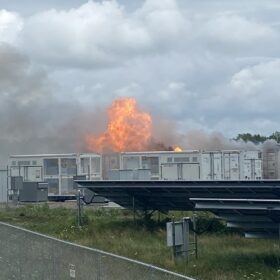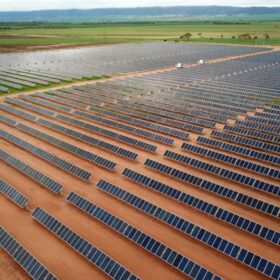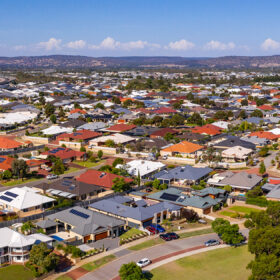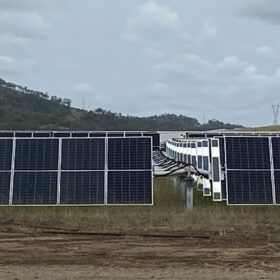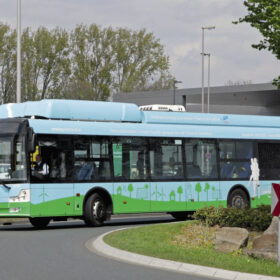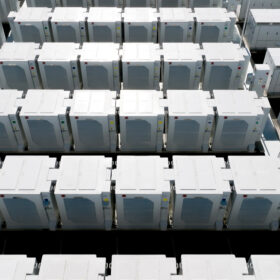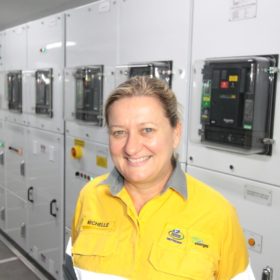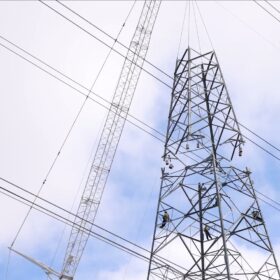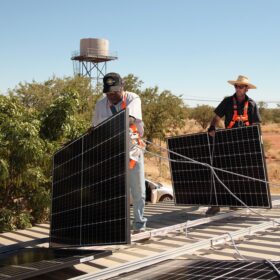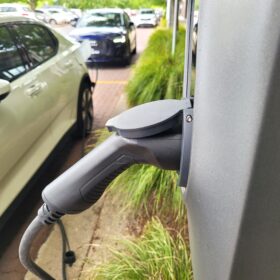‘Make it burn’ and other lithium-ion first responder guidance
American Clean Power has published a guide for first responders on lithium-ion battery energy storage system emergencies, offering insights based on the 2023 NFPA 855 code revision.
MPower starts building after purchase of 5 MW Narromine project completed
Construction is to commence immediately on a 5 MW solar project being developed at Narromine in western New South Wales as Australian renewable energy developer MPower’s continues to progress its mid-scale solar strategy.
WA looks to modernise electricity sector rules
The Western Australia government has introduced new legislation to parliament as it seeks to integrate distributed energy resources such as small-scale solar and residential batteries more efficiently into the state’s electricity grid.
AEMO backs 248 GW pipeline to counter reliability challenges
The Australian Energy Market Operator says a 248 GW pipeline of proposed generation and storage projects, transmission developments and government energy programs have the potential to address many of the risks outlined in its latest market forecast – if they are delivered to schedule.
Hydrogen buses less efficient than battery models
Italian researchers have compared the performance of hydrogen and electric buses in northern Italy. Meanwhile, Australian company Worley has collaborated with Princeton University to devise a 10-point action plan for Europe’s renewable hydrogen sector.
Storage tender for 2.4 GWh announced for Victoria and SA
A tender for 600 MW / 2.4 GWh of energy storage in Victoria and South Australia has been announced as part of the new national Capacity Investment Scheme – essentially a project underwriting program coordinated by the federal government.
Smart meter reforms including free data access and accelerated rollout to be effected by AEMC
Smart meter reform recommendations have been handed down by the Australian Energy Market Commission, which advised accelerating the national rollout and introducing a mandate for customers to have free access to their real-time data. Reaching 100% penetration by 2030 would provide $507 million (USD 328 million) net benefit value to the NEM, the Commission’s review found.
Four Queensland towns funded to switch from diesel to solar and batteries
Four western Queensland communities powered by state-owned diesel generators are set to switch to solar and batteries, including Boulia, Burketown, Doomadgee and Windorah.
Rewiring WA: state to receive $3 billion for transmission
Australia’s federal government has allocated $3 billion (USD 1.93 billion) from its Rewiring the Nation program to upgrade Western Australia’s two islanded grids, which lag the eastern states in their renewable energy share.
Renewable PPAs see Sydney councils save $36 million
An alliance of eight Sydney councils have saved their ratepayers over $36 million (USD 23 million) by organising 100% renewable energy power purchasing agreements and working together on local energy projects.
